Photo

Paris to the Past turned 4 today!
1 note
·
View note
Photo

Paris to the Past turned 4 today!
1 note
·
View note
Photo

Paris to the Past turned 4 today!
2 notes
·
View notes
Photo

For many years, I walked past the Hôtel de Sens as I made my way from my apartment on the Left Bank across the Seine. I loved walking past its medieval garden, always a mosaic of seasonal colors, set against the backdrop of the asymmetrical medieval building topped with the pepperpot turrets, mullioned windows, and dormers decorated with finials and curving leaves of stone. Sometimes I would walk around to the front and peek through the large pointed-arched entrance into its courtyard, imagining that the smaller arched doors in the courtyard led to a romantic past rather than a modern library. At first, I thought it sad that this lonely medieval survivor of Baron von Haussman's ax was squashed between ugly modern buildings until I saw a model of medieval Paris at the Hôtel Carnavalet--and saw that the Hôtel de Sens had been squahed in between ugly medieval buildings.
5 notes
·
View notes
Photo
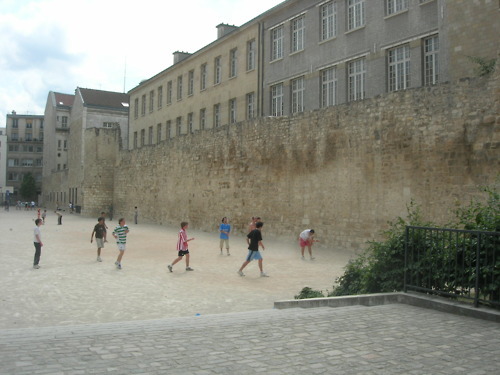
One day after our visit to the Louvre, Bob and I were walking from our apartment on the Left Bank to the Place des Vosges. We had crossed the Seine and were walking along the Rue des Jardins Saint-Paul, where you will not find a garden but a large cemented area used as a soccer field. As we passed the soccer field, we noticed a portion of Philippe Auguste's wall that we had passed many times before. Now, knowing what it was, we stopped to look at it. Children were playing soccer in the cemented field at the foot of the wall, and Bob, assuming that the children knew what the wall once had been, remarked how wonderful it was that the past was so much a daily part of a French child's life. Although we had passed this wall each time we made our way from our apartment on the Left Bank to the Place des Vosges, it had never breached our consciousness until we saw the fortress to which it was once attached. In fact, we hadn't even noticed the two huge towers 150 feet apart--the range covered by the crossbow in the thirteenth century--bookending the wall. After seeing the base of the fortress in the Louvre, I was able to visualize how this part of the rampart connected with the rest.
6 notes
·
View notes
Photo
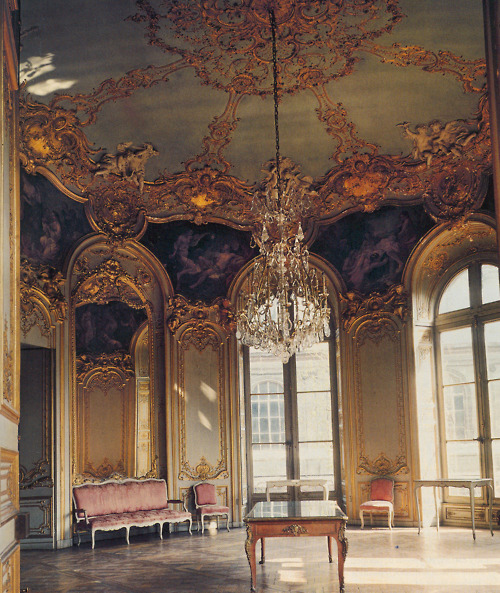
For a short period, there wasn't anything Louis XIV could deny his mistress, the Princess of Soubise. Everyone at court was well aware of what was going on in a private room, at the far end of a larger public room, overlooking the courtyard at St. Germain en Laye. It was here that many not-very-discreet but very prolonged meetings took place. Her husband obligingly stayed away from court never revealing to anyone that he knew what was going on between his wife and the king. The result of their liaison was the future Cardinal de Rohan. Surely, the Prince of Soubise had to notice the new addition to his family when he returned from the tour of his estates, as well as the new, comforting additions to his bank accounts. Not only were their debts paid off, but they had enough money to buy and remodel the marvelous Hôtel de Soubise--as well as to construct another palace for the princess's illegitimate child by the king.
7 notes
·
View notes
Photo
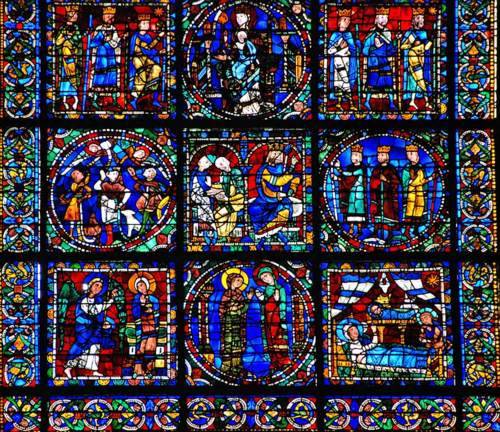
Most people, including the aristocracy, were illiterate in the twelfth and thirteenth centuries, and books were expensive and rare. Victor Hugo, who knew his French history, would write in Notre Dame de Paris "In the Middle Ages men had no great thought that they did not write down in stone." If you stop to consider the implications of that statement as well as another that Hugo wrote--"The Gothic sun set behind the colossal press at Mainz"--you realize that the cathedral was, for three hundred years, until books were printed, a book to its people. It was the cathedral's stained-glass windows and sculptures that told the stories of the Bible, that related the lives of saints. The windows expressed the ideas that concerned contemporary society, and appealed to people on so man different levels.
4 notes
·
View notes
Photo
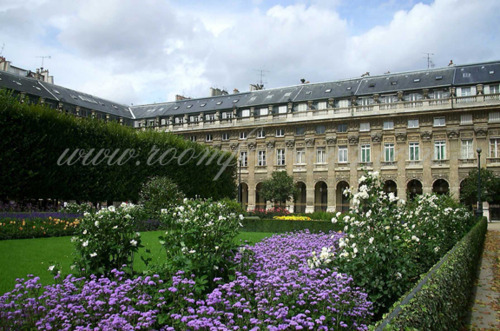
The regent's palace burned down in 1763, and again in 1781, and was rebuilt during the reign of Louis XVI and Marie-Antoinette by the grandson of the regent, also the Duke of Orleans, who called himself Philip Egalite. He was a man of "amiable but despicable character" who upon inheriting the property, bought up more land around the palace as an investment, enclosed the gardens with arcades, and topped the ground-floor shops with apartments, which were built and leased, some say, to pay off his enormous gambling debts, although he had inherited an immense fortune.
17 notes
·
View notes
Photo
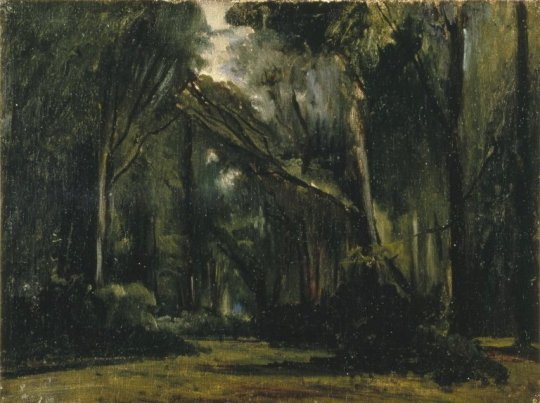
Landscape in the Forest at Compiègne, Paul Huet. 1826-8.
9 notes
·
View notes
Photo

Opera de Paris by `isacg
352 notes
·
View notes
Photo

Louis XIV said Compiègne made him feel like a peasant and Versailles like a king, but personally my trip to the chateau at Versailles made me feel like a sardine, while my trip to Compiègne from beginning to end, made me feel like a pampered time traveler speeding through the centuries.
5 notes
·
View notes
Photo

Walking in Paris 28 by ~caroline349
11 notes
·
View notes
Photo
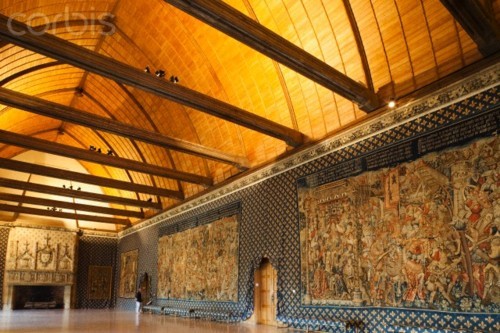
Also on display at the Tau Palace are unforgettable sixteenth-century Flemish tapestries, which, in depicting Clovis defeating the pagan tribe of the Alemanni and his subsequent coronation, clarified for us how the French monarchy traced its descent from the kings of Judah, a logical progression we had previously found difficult to comprehend.
39 notes
·
View notes
Photo
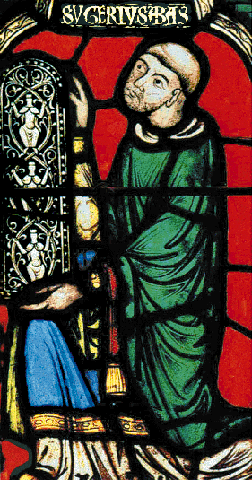
Abbot Suger was a flamboyant character who, like me, could not resist beautiful things. He had "an insatiable passion for gold, enamel, crystal and mosaics, for pearls and precious stones" at a time when austerity was the rule.
8 notes
·
View notes
Photo
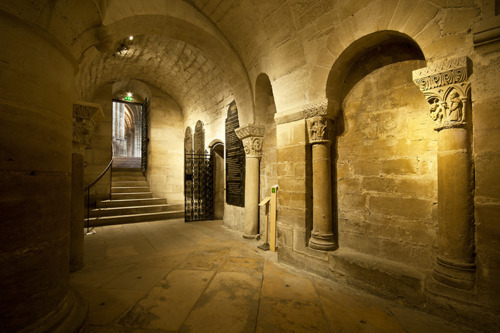
We began twith the tomb of King Dagobert in the crypt. Dagobert was the powerful Merovingian king who, in 630, ordered that this royal abbey be built on the spot to which St. Denis had walked--head in hand--to be buried, and ordered all subsequent kings to be buried there as well. St. Denis, I might add, is not only the patron sain--or protector--of the French monarchy, but the Catholic Church also named him the patron saint of headaches--because of the way he died. He was decapitated.
7 notes
·
View notes
Photo
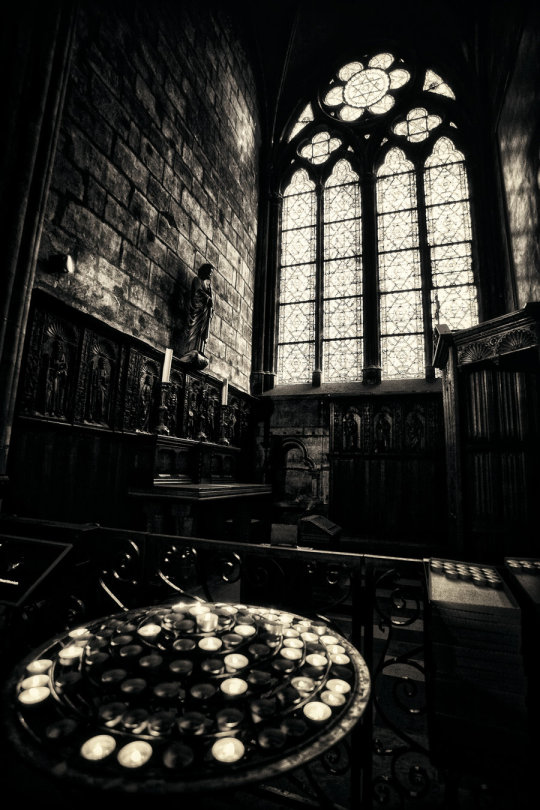
Paris304 by *avaladez
19 notes
·
View notes
Photo

| ♕ | Château de Maintenon, Eure-et-Loir | by © Jean-Baptiste Collection
47 notes
·
View notes